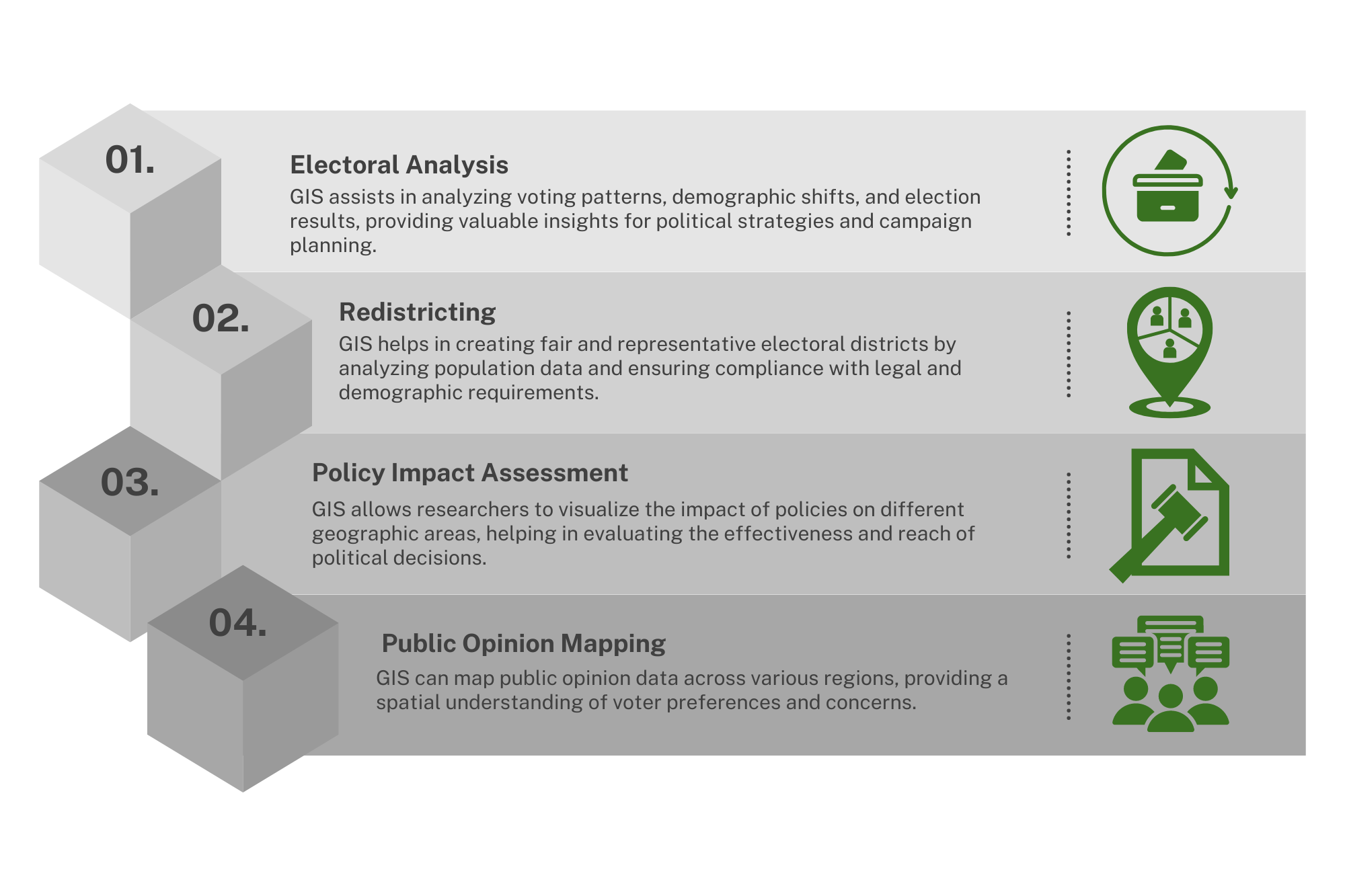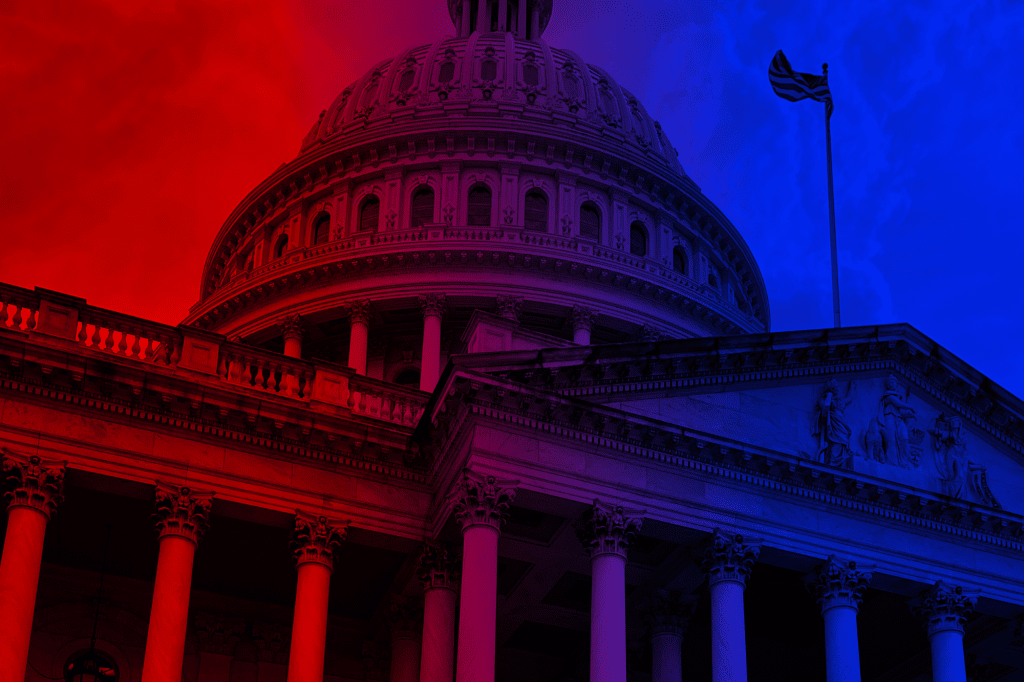The Role of GIS in Political Research

Key Features of GIS in Political Research
Electoral Analysis
Map electoral districts, analyze voting patterns, and identify key battleground areas with precision.
Voter Behavior Insights
Examine voter demographics, preferences, and turnout across different regions to craft targeted political strategies.
Tracking Political Trends
Monitor and visualize political trends over time to predict shifts in voter behavior and party dominance.
Policy Impact Analysis
Assess the geographical impact of policies, identify regions that benefit or suffer from certain decisions, and make data-driven policy recommendations.
Public Opinion Mapping
Minimize Environmental Impact by Optimizing Routes and Adopting Sustainable, Eco-friendly Practices.
Case Studies
Enhancing Electoral Strategies with GIS


Understanding Voter Behavior
Benefits of Implementing GIS in Political Research
Informed Decision-Making
Make data-driven decisions with detailed spatial insights that reveal hidden patterns and trends in political data.
Enhanced Campaign Strategies
Optimize campaign efforts by focusing on key regions, improving voter outreach, and increasing the effectiveness of political messaging.
Improved Policy Planning
Use GIS to analyze the geographic impact of policies, ensuring that decisions are equitable and beneficial across different regions.
Better Public Engagement
Engage with the public more effectively by understanding regional variations in opinions, needs, and political leanings.
Transparency and Accountability
GIS provides a clear, visual representation of data, promoting transparency in electoral processes and policy implementation.
What Our Clients Say





Ready to Transform Your Operations?
Contact us today to learn more about how GIS can transform your understanding of political landscapes.
